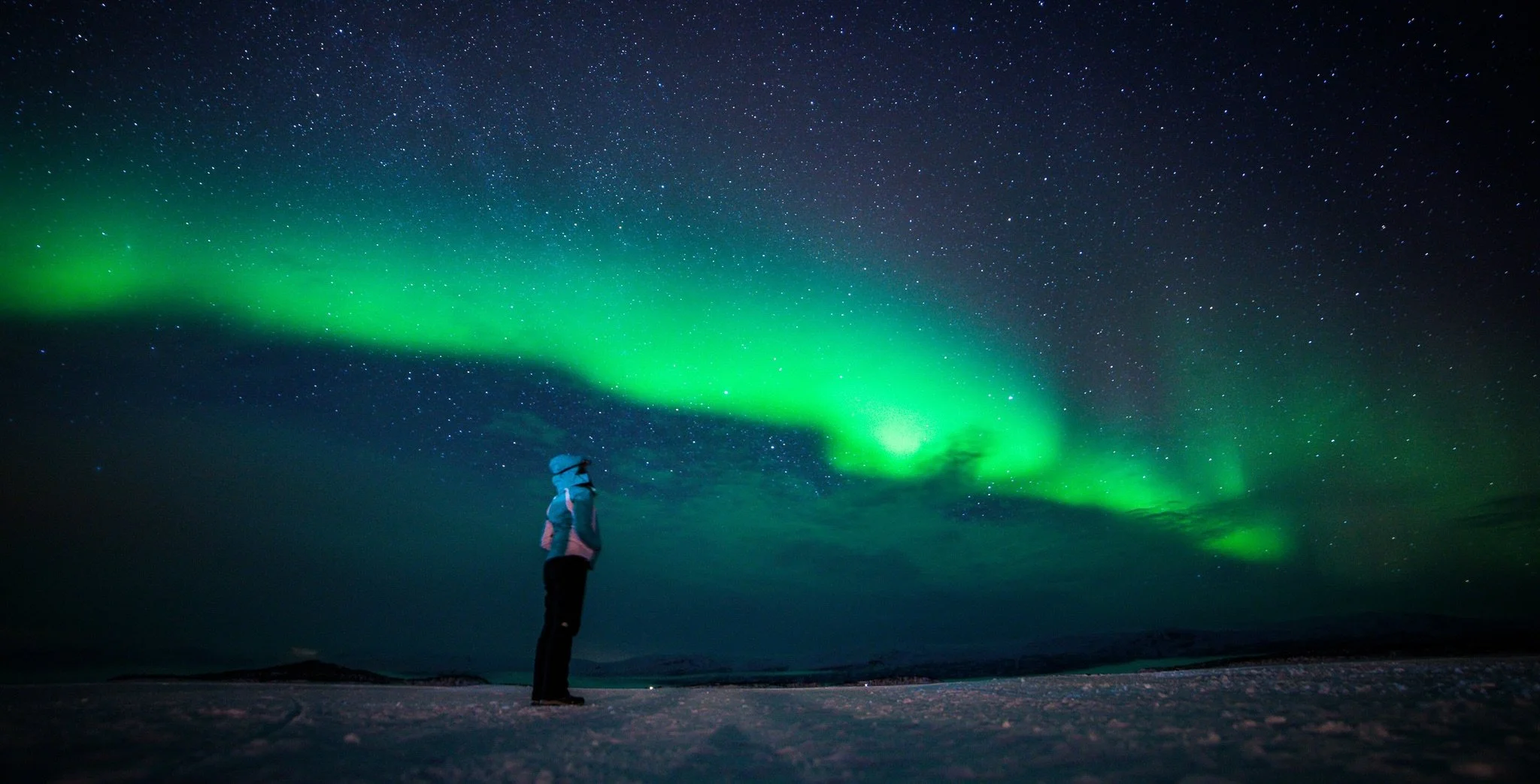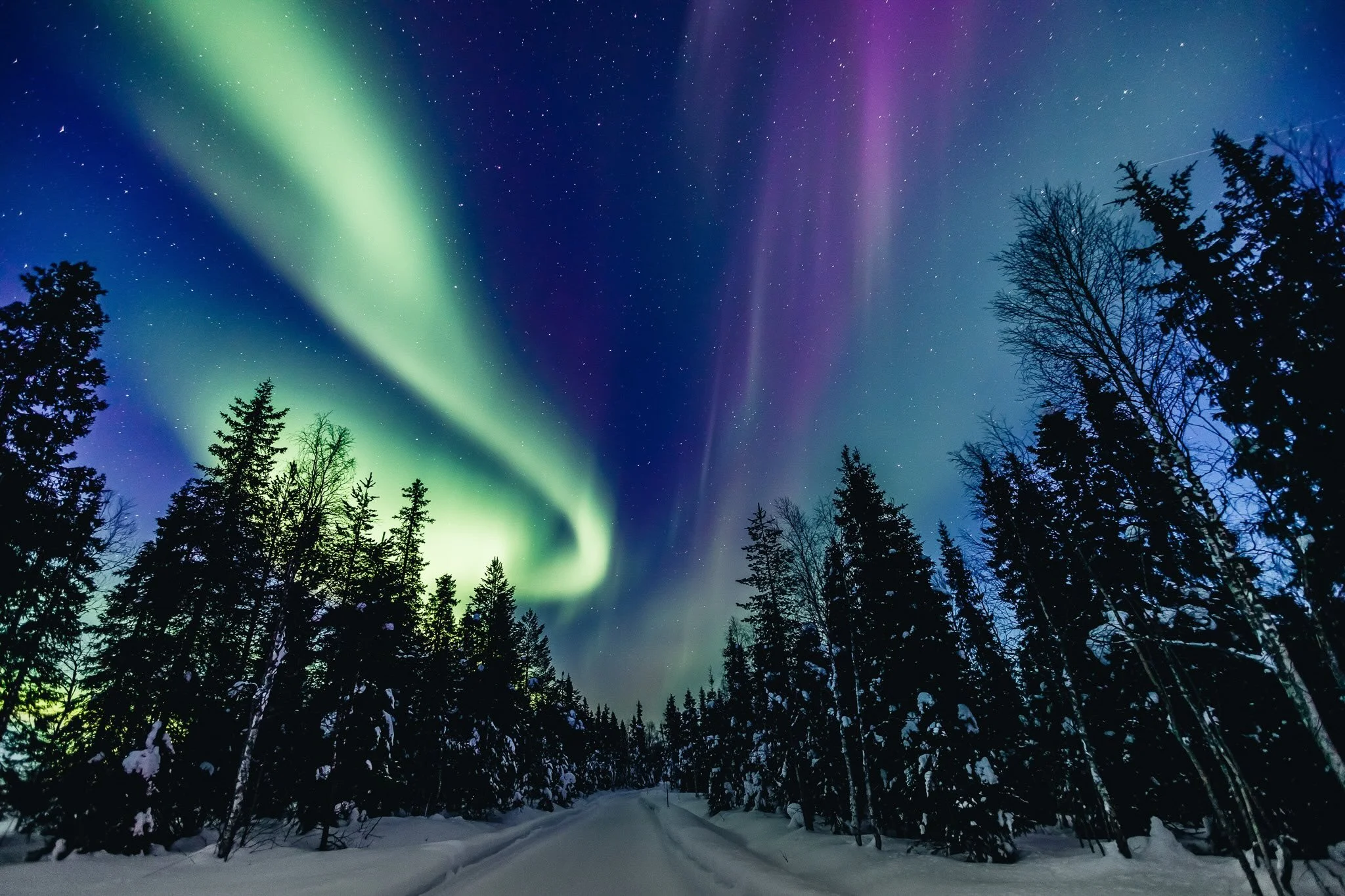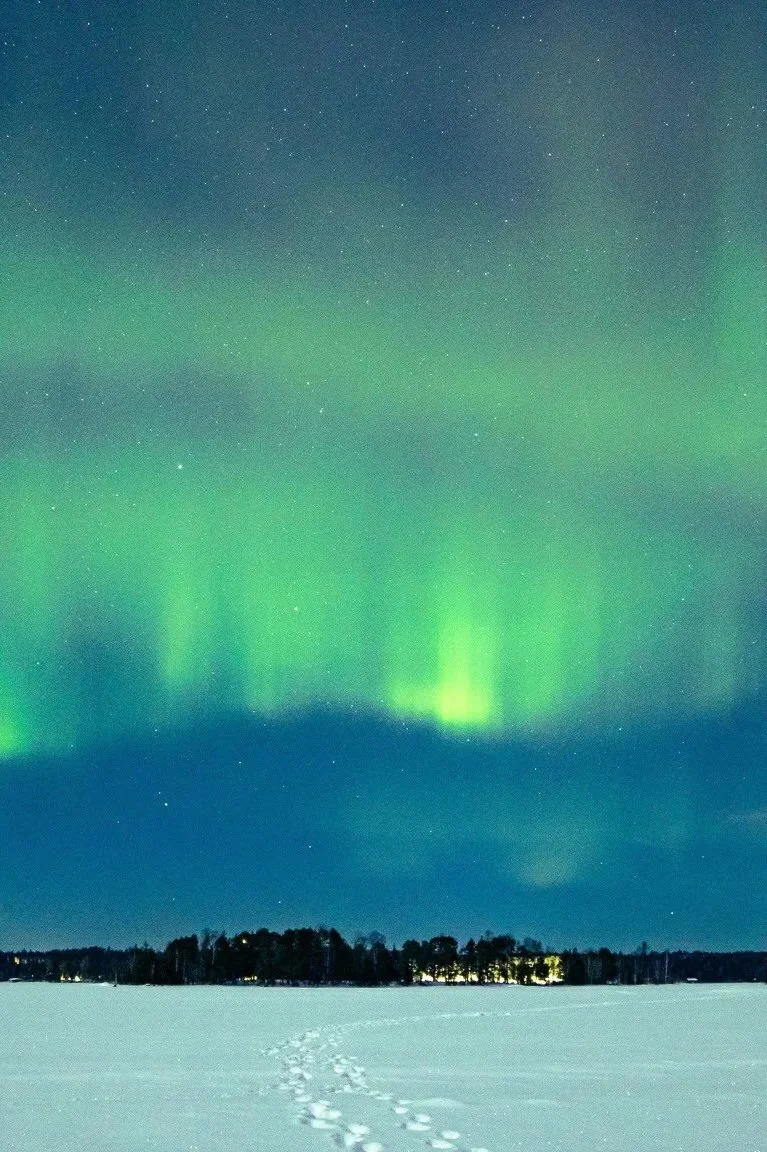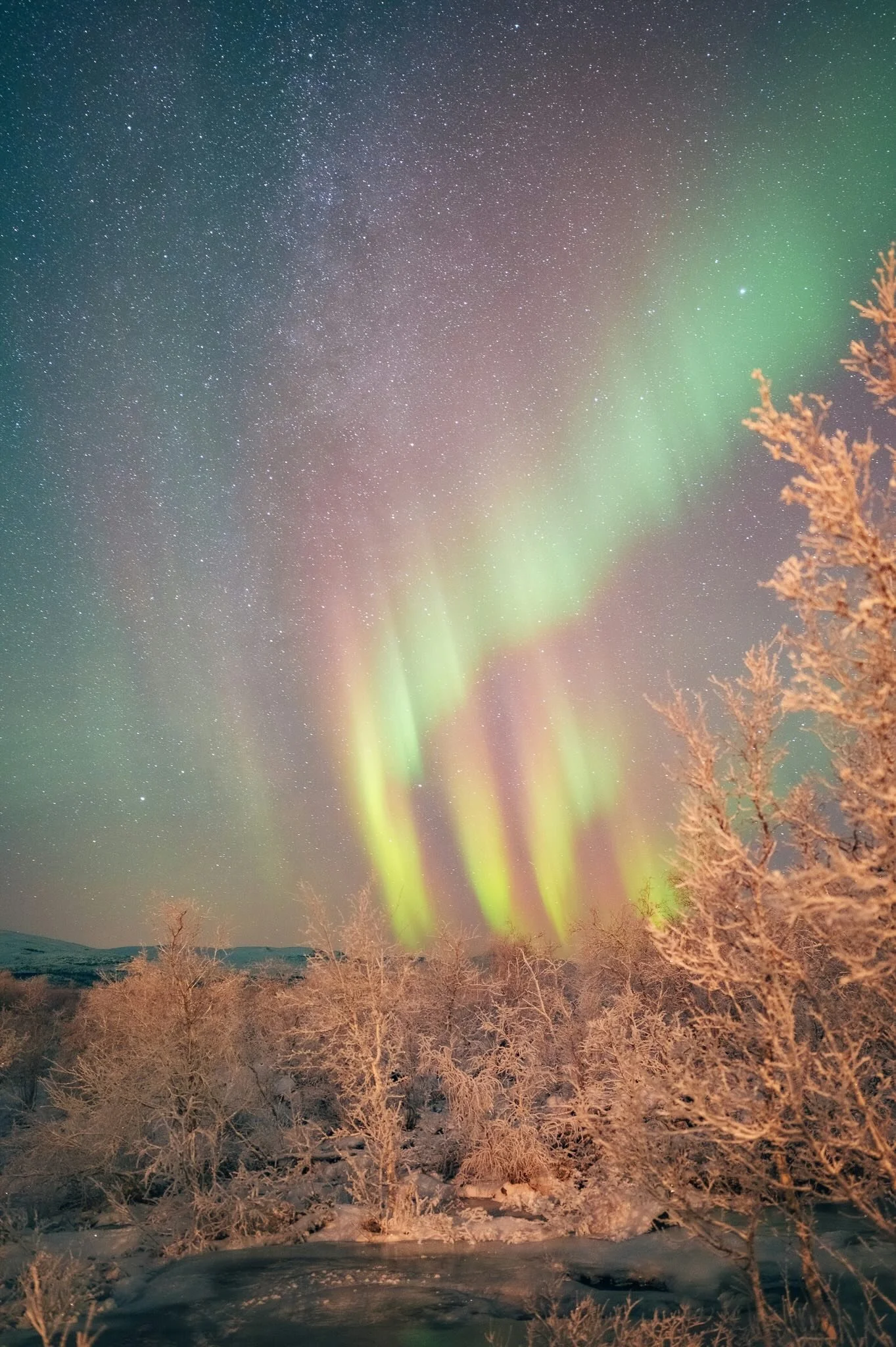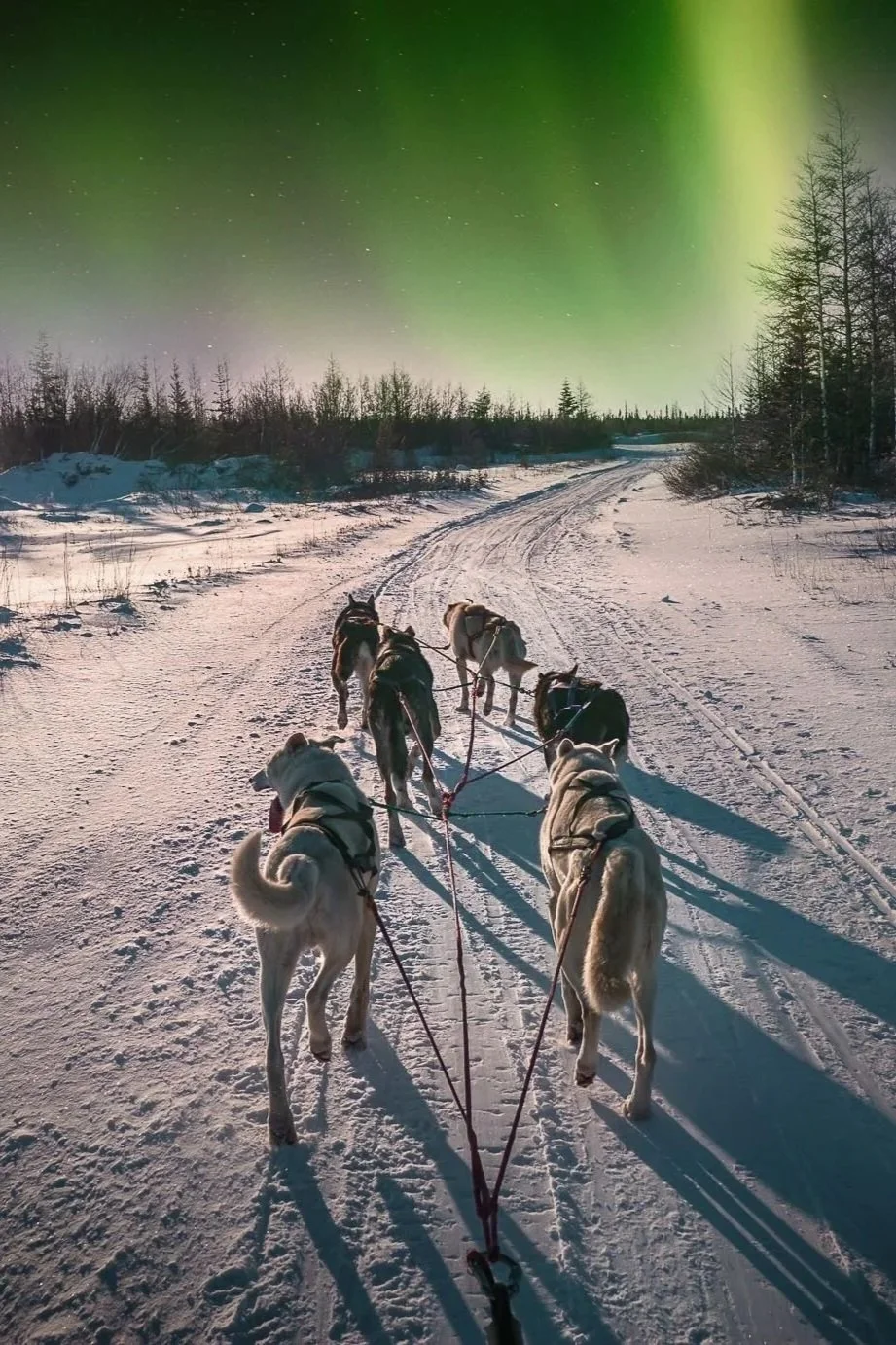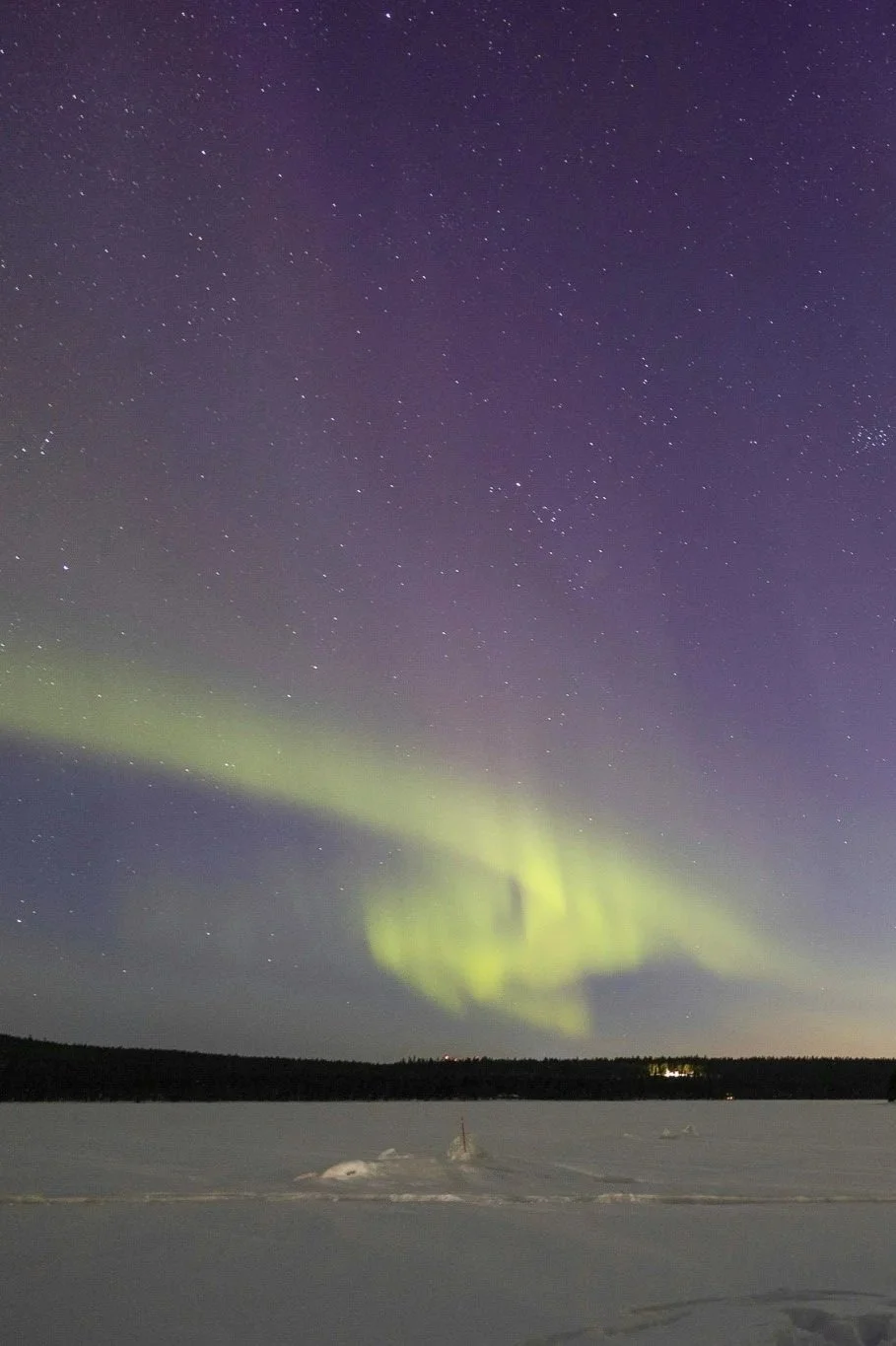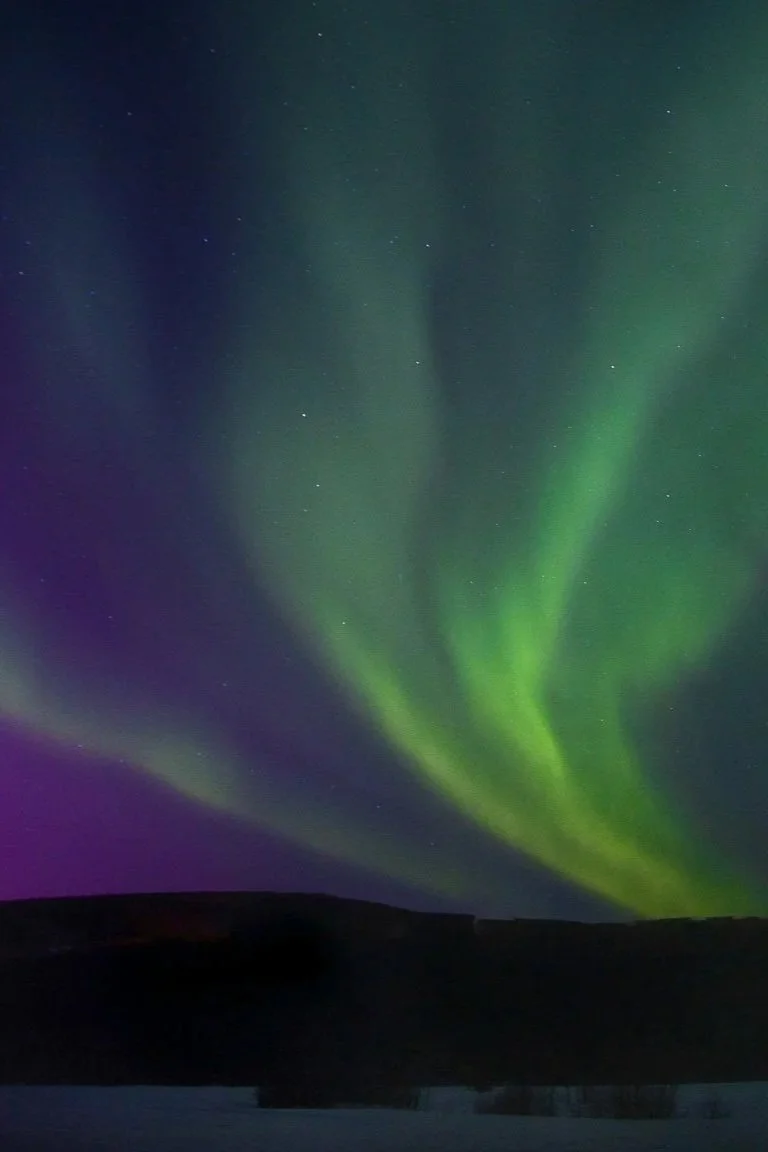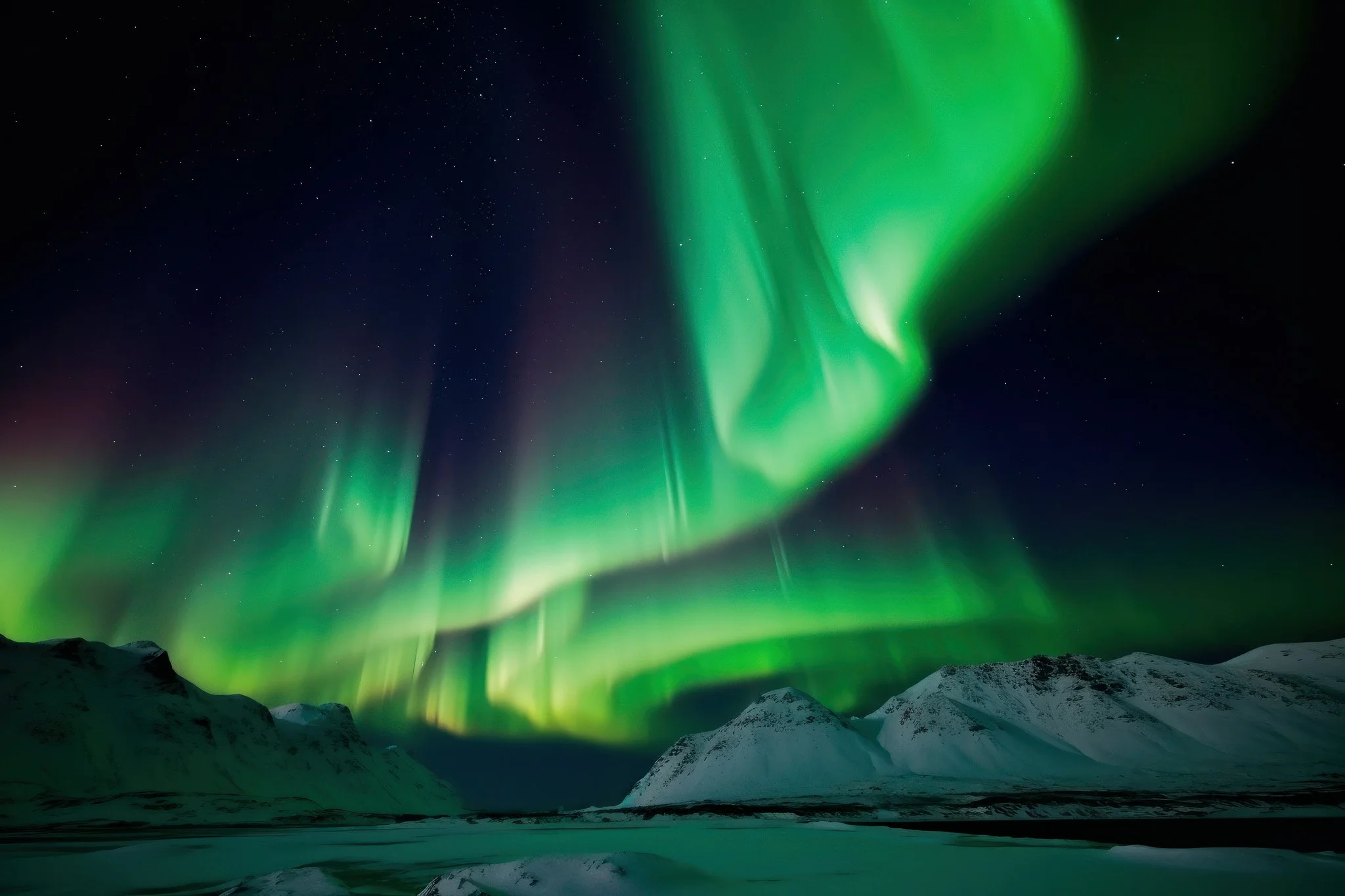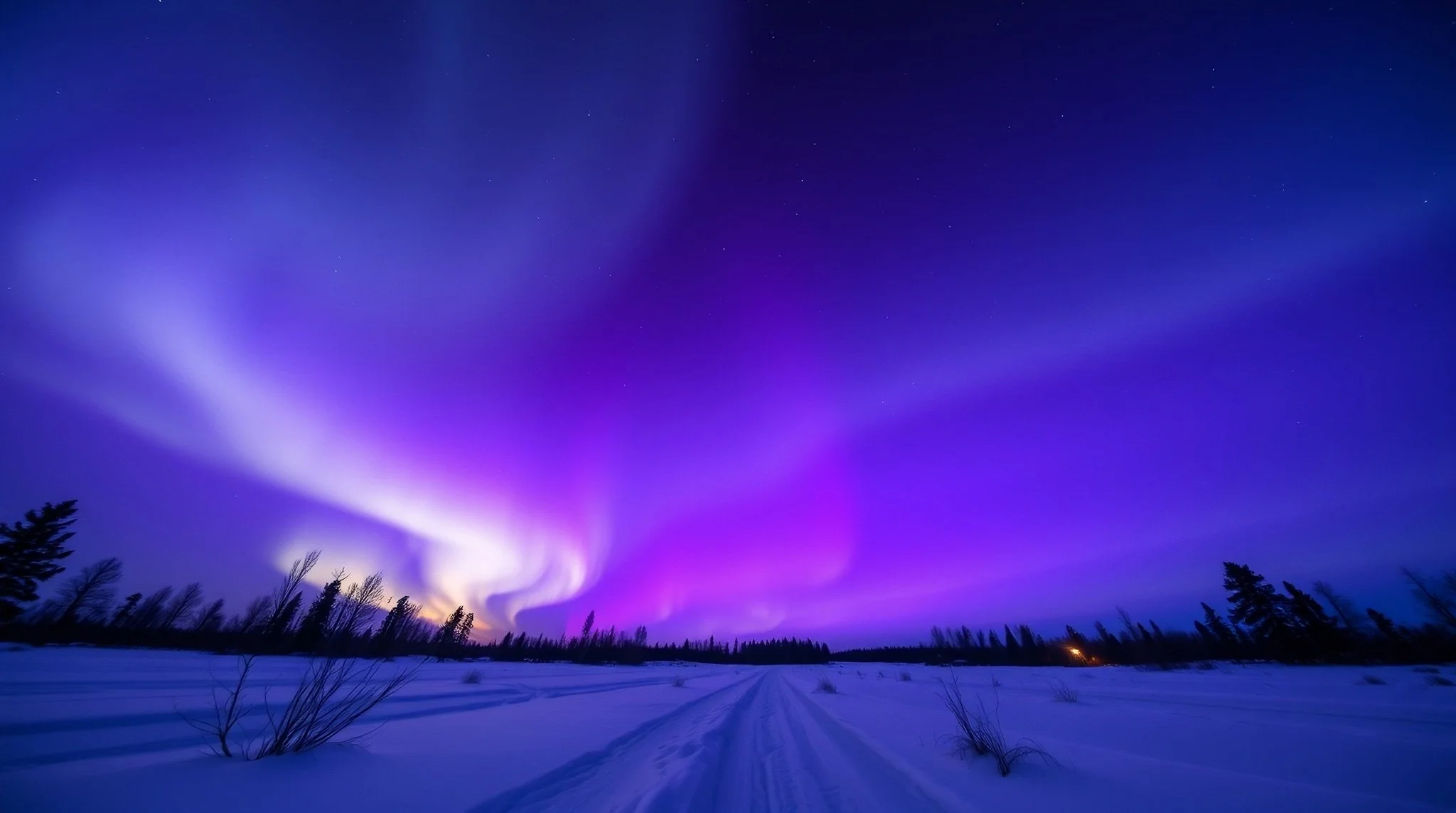10 Best Places to See the Northern Lights: Your Complete Aurora Hunting Guide
The Northern Lights are wild. Ribbons of green and purple flickering across the Arctic sky like someone's having a laugh with a cosmic paintbrush. If you've been thinking about chasing the aurora borealis, now's the time to stop scrolling and start planning.
Why Northern Lights Holidays Are Worth It Right Now
Here's the science bit: we're in the middle of a solar maximum, the peak of the sun's 11-year activity cycle. Translation? More solar activity means more frequent and intense aurora displays. NASA's been tracking heightened solar flares, and the last time we saw this level of action was back in 2003 when the Northern Lights danced as far south as the Mediterranean.
Does this guarantee you'll see them? No. The Northern Lights are famously fickle. But your odds are better than they've been in years, and that's reason enough to book a trip north.
How to Actually See the Northern Lights (Not Just Hope)
Let's be honest: you can't control solar activity. But you can stack the deck in your favour. Here's how.
Get Away from City Lights
Bright cities will drown out even the most brilliant aurora display. You need proper darkness, the kind you only find in remote spots well away from street lamps and shopping centers. International Dark Sky Parks are brilliant for this, but frankly, anywhere properly remote will do the job.
Quick tip: check the moon calendar before you go. A crescent moon is your friend. A full moon? Not so much.
Time it right
The Northern Lights are most active between 10pm and 2am, though this varies by season. Your best shot is during the equinox months of March and September when solar winds are strongest. Winter months work too, with their long, dark nights giving you more viewing time.
Watch the Weather
Clear skies are non-negotiable. Heavy cloud cover will hide even the most spectacular aurora, so keep an eye on local weather forecasts. Fair warning though: Arctic weather is unpredictable, so build in a few nights if you can.
Apps like NOAA's Space Weather Prediction Center and My Aurora Forecast can help you track aurora activity in real time.
Head North
The further north you go, the better your chances. The Arctic Circle is your target zone. Think northern Scandinavia, Iceland, and Canada's far north. These regions sit directly under the auroral oval where the lights appear most frequently.
Bring Patience (Seriously)
Aurora hunting isn't a guaranteed show. You might stand in the freezing cold for hours and see nothing. Or you might step outside for a wee and catch the performance of a lifetime. That's the game. But when those lights do appear, swirling and shifting across the sky, you'll forget every cold toe and early alarm.
The 10 Best Places to See the Northern Lights
Right, let's talk locations. These ten spots offer your best shot at seeing the aurora, plus plenty to do while you wait for the sky to kick off.
Swedish Lapland
Swedish Lapland is one of the most reliable spots for Northern Lights viewing in Europe. The Abisko region is particularly famous for its "blue hole," a microclimate that keeps skies clearer than surrounding areas. Combine aurora watching with dogsledding, snowshoeing, or learning traditional Sami culture.
The Gutsy Girls Lapland Winter Adventure packs in cross-country skiing, snowshoeing, and evening aurora hunts, with everything sorted for you. You show up, we handle the rest.
Dalarna, Sweden
Dalarna won't win any "most famous aurora spot" awards, but that's exactly why it works. Fewer tourists mean darker skies and more space. This region excels at remote, off-grid experiences where you can ski through forests by day and watch for the lights from your cabin by night.
The Gutsy Girls Backcountry Cross-Country Ski and Snowshoe Adventure takes you deep into Swedish wilderness. You'll sleep in cozy cabins with zero light pollution and spend days exploring snowy terrain most people never see.
Tromsø, Norway
Tromsø calls itself the "Gateway to the Arctic" and sits 350km above the Arctic Circle. This is the accessible option - a proper city with restaurants, bars, and hotels, but still far enough north to sit in the aurora zone. You get the Northern Lights experience without full wilderness immersion.
The city works as a base for day trips. Join guided aurora safaris by snowmobile or husky sled, stay in glass igloos for sky-watching from bed, or pair your trip with whale watching tours. The infrastructure means you can chase clear skies when clouds roll in, with tour operators who know where to go.
Visit from late September through early April. Peak viewing is November through February when nights are longest, though the city never gets as dark as truly remote locations. You'll see the lights when they're strong enough, but don't expect the same intensity as deeper wilderness spots.
Tromsø works well if you want a mix of city amenities and Arctic adventure, or if you're not ready for off-grid living and expedition conditions.
Finnish Lapland
Finland's Lapland region delivers some of the darkest skies in Europe. Stay in glass igloos designed specifically for aurora viewing, or opt for traditional Finnish cabins with saunas. Activities include cross-country skiing, ice fishing, and proper Finnish sauna experiences (jumping in icy lakes is optional but encouraged).
Rovaniemi, Santa's official hometown, adds a quirky touch if you're traveling with kids. The best time to visit is December through February when nights are longest and darkest.
Yukon, Canada
If you fancy going further afield, Canada's Yukon Territory offers wilderness aurora viewing on another level. Whitehorse makes a good base for guided tours or independent adventures. The landscape is rugged and remote, with dog sledding, Indigenous storytelling experiences, and lodges with panoramic views of the night sky.
January and February bring peak viewing conditions, with clear, cold nights and long hours of darkness.
Svalbard, Norway
Svalbard is as far north as you can get without joining a polar expedition. This Norwegian archipelago sits at 78°N - closer to the North Pole than to mainland Europe - in the world's northernmost permanent settlement. Population 2,500, polar bear warning signs at every exit, and a law requiring rifles outside town limits.
March in Svalbard brings returning daylight but nights are still dark enough for Northern Lights viewing. Days are packed with activities you can't do anywhere else: crawl through glacial ice caves (some passages require squeezing through narrow spaces), dog sled with husky teams bred for Arctic conditions, snowmobile across frozen rivers reaching remote valleys, and hike to viewpoints across landscapes so vast they feel like another planet.
Temperatures can hit -25°C. The cold is real, the wilderness is extreme, and this isn't for everyone. But if you want Arctic exploration with variety, this is it.
TheGutsy Girls Svalbard Multi-Activity Adventure runs in March and includes ice cave expeditions, dog sledding, and snowmobile exploration.
Lofoten Islands, Norway
Lofoten is where dramatic mountains rise straight from the sea, creating one of the most photogenic Northern Lights backdrops you'll find. This archipelago sits above the Arctic Circle, and winter transforms the landscape into a snow-covered playground with temperatures cold enough for proper Arctic conditions.
Each day brings a different activity: snowshoe through mountains to epic viewpoints, kayak icy fjords in drysuits watching for sea eagles, cross-country ski through forests, and horse ride along Viking trails. Four yoga sessions help stretch out muscles between adventures. Stay in a hotel with access to Lofoten's best spa - sauna, hot tub, and Arctic Ocean plunges for the brave.
Evenings? Keep your eyes on the sky. The combination of mountains, water, and coastal landscapes gives you varied foreground options for photos - when the lights appear, they reflect in the sea and dance above the peaks.
The Gutsy Girls Lofoten Winter Multi-Activity Adventure runs in January and February when nights are long and dark.
Iceland
Iceland makes Northern Lights hunting accessible. Fly into Akureyri in North Iceland and you're already in prime aurora territory. The entire region sits close to the Arctic Circle, and winter brings the long dark nights necessary for decent viewing.
This isn't about standing around in car parks hoping for the lights. Days are active - learn to cross-country ski with expert instructors (two full days of lessons means you'll actually get good at it), snowshoe through the Héðinsfjörður valley, and go whale watching in Eyjafjord spotting humpback whales and dolphins. Between activities, there's horse riding with Icelandic horses, thermal pool soaking, and spa time at the Forest Lagoon.
Accommodation is comfortable - proper beds, hot showers, and restaurant dinners featuring local ingredients. Each evening brings another chance to see the aurora from locations with minimal light pollution.
TheGutsy Girls Iceland Beginner Cross-Country Ski Adventure runs December through February and is designed for complete beginners to winter sports.
Fairbanks, Alaska
Fairbanks sits directly under the auroral oval, giving it some of the most reliable Northern Lights viewing in the world. Stay three nights and actively hunt each evening, and you've got a 90% chance of seeing the aurora. Those are odds worth booking a flight for.
The city itself works for viewing, though heading outside town to places like Chena Hot Springs or Murphy Dome improves your chances. Winter temperatures drop seriously low - we're talking minus 20°F or colder - but that's part of the deal. Clear, cold nights bring the best displays.
Combine aurora hunting with dog sledding, ice fishing, or snowmobiling during daylight hours. Some lodges offer clear-roofed igloos where you can watch the sky from your bed, though you'll miss the full experience of standing outside in that particular kind of cold.
Viewing season runs from late August through mid-April, with peak activity between 10pm and 3am.
Scotland
Scotland offers Northern Lights viewing without leaving the UK. The northern regions - Shetland Islands, Orkney Islands, and the Scottish Highlands - sit at the same latitude as parts of Norway and southern Alaska, putting them in the aurora zone when solar activity is strong enough.
The Shetland Islands are your best bet, being the most northern part of the British Isles and closer to the Arctic Circle than to London. Locals call the Northern Lights the "Mirrie Dancers," and they've been watching them for generations. Orkney Islands come second, with good viewing from remote beaches and ancient stone circles like the Ring of Brodgar.
On the mainland, head to the Isle of Skye, the Cairngorms, or Caithness in the far north. These areas have minimal light pollution and clear northern horizons necessary for aurora viewing.
Here's the reality check: Scotland's Northern Lights are less reliable than Arctic locations. You need strong solar activity, clear skies, and luck. Visit between September and March, build in multiple nights, and have backup plans. But if they do appear, seeing the aurora dance above Scottish mountains or medieval ruins is genuinely special.
What Makes a Good Northern Lights Holiday
Look, you can fly to the Arctic, stand outside in the dark, and hope for the best. Or you can build a trip that's worth doing whether the lights show up or not.
The best Northern Lights holidays combine aurora hunting with active days outdoors. Learn to cross-country ski, explore backcountry terrain, try dogsledding, or challenge yourself with winter camping. That way, even if the aurora stays hidden, you've still had an adventure worth talking about.
Small group trips work particularly well because you're with other people who actually want to be outside, not just ticking off a bucket list item. Plus, shared aurora sightings hit differently when you're with people who get it.
And honestly? Everything being sorted for you makes the trip infinitely better. When someone else handles logistics, accommodation, meals, and guides, you can focus on the experience instead of stressing about whether you've booked the right tour or packed the right gear.
Planning Your Northern Lights Trip
Here's what you actually need to know:
When to go: November through March offers the longest nights. September and March bring stronger solar activity but shorter darkness windows.
How long: Give yourself at least three to four nights in the Arctic. More nights mean more chances to see the aurora.
What to pack: Layers. Serious layers. Thermal base layers, insulated mid-layers, waterproof outer layers. Good boots, warm gloves, a hat that covers your ears, and hand warmers for long nights outside.
Difficulty level: Aurora hunting itself requires no fitness, just patience and tolerance for cold. But the best trips pair it with winter activities that do require decent fitness. If you're adding skiing or snowshoeing, you'll want to be comfortable moving your body for several hours a day.
Why Choose a Women-Only Northern Lights Adventure
Solo female travelers often struggle to find adventure partners, especially for winter trips in remote locations. That's exactly where Gutsy Girls comes in. Our Northern Lights adventures bring together small groups of women who want to actually do things, not just watch from the sidelines.
No competition, no pressure to keep up with someone else's pace, no awkward couple dynamics. Just a ready-made group of like-minded women, expert local guides, and a host who makes sure everything runs smoothly so you can focus on the experience.
Everything's included and arranged - accommodation, meals, activities, equipment, guides, transfers. You don't need to coordinate with friends or convince anyone to come with you. You just book, prepare, and show up.
Our trips run across Swedish Lapland, Dalarna, Finnish Lapland, Lofoten, Iceland, and Svalbard, each designed around active days and evening aurora hunts. Check out the full range of Gutsy Girls winter adventures to find the right fit for your experience level.
The Reality of Northern Lights Holidays
Let's set expectations: the Northern Lights are unpredictable. You might see them every night, or you might not see them at all. That's nature, not a failure of your trip.
The cold is real. Minus ten feels different than anything you've experienced in the UK. You'll need to dress properly and accept that some nights will be uncomfortable.
But here's the thing: standing in the Arctic darkness, waiting for the sky to light up, is an experience in itself. The silence, the stars, the sharp cold air, the anticipation. And if the aurora does appear, dancing and shifting above you, it's genuinely breathtaking.
Ready to Book Your Northern Lights Adventure?
We run winter trips across Swedish Lapland, Dalarna, Finnish Lapland, Lofoten, Iceland, and Svalbard that combine active days with evening aurora hunts. Small groups, expert guides, everything sorted, and a focus on actually doing things rather than just ticking boxes.
Beginner-friendly options:
Iceland Cross-Country Ski Adventure - December to February
Finland Multi-Activity Adventure - December and January
More challenging:
Lofoten Winter Multi-Activity - January and February
And if you're still deciding whether to commit, just remember: the Northern Lights won't wait for perfect timing. Neither should you.

